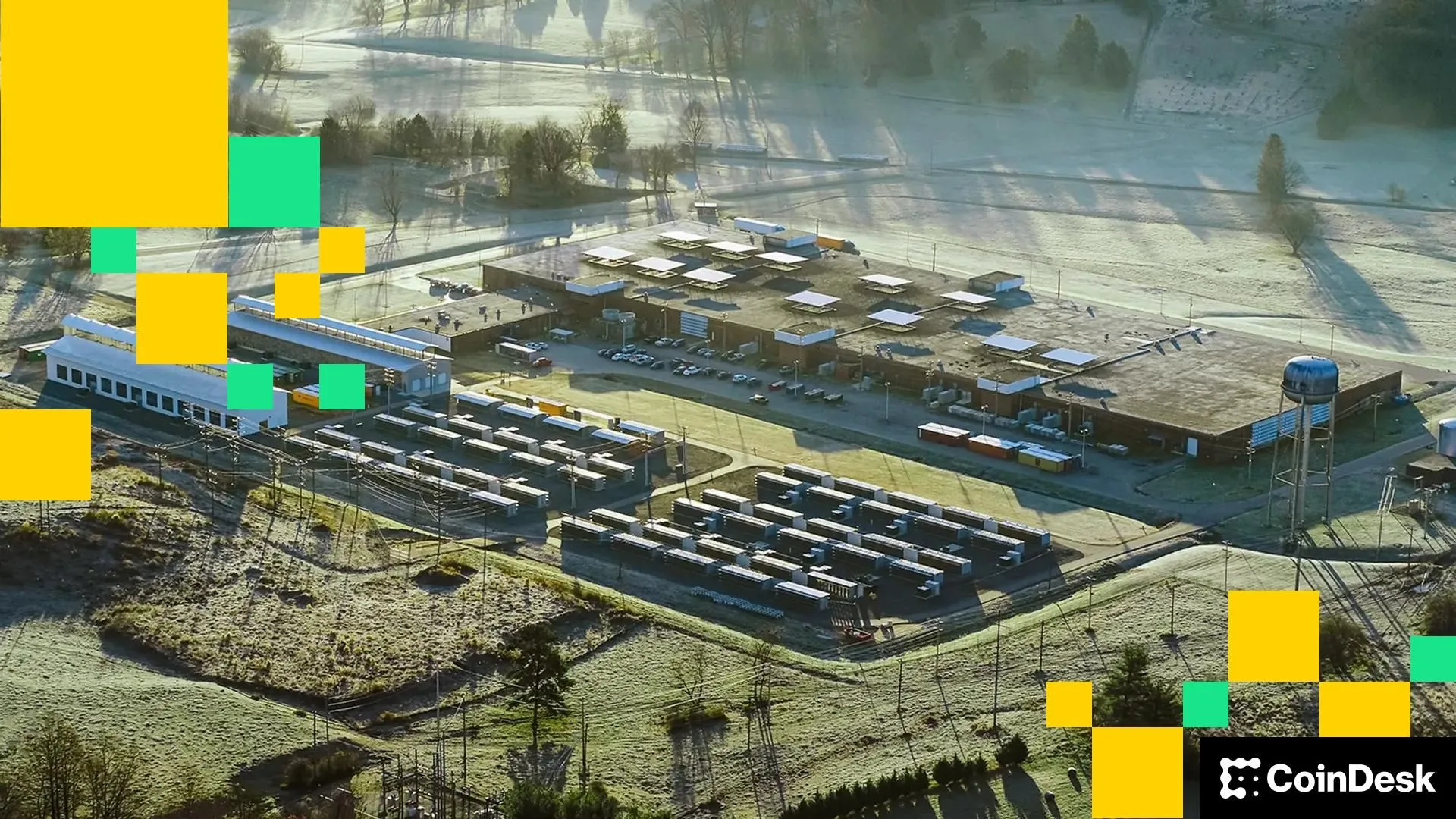Ethereum’s latest overhaul is all systems go for deployment.
The network’s upcoming Fusaka upgrade successfully went live on a third and final testnet Tuesday afternoon—meaning it is now greenlit to go live on the Ethereum mainnet in just a few weeks.
Fusaka had previously deployed successfully on the Holesky and Sepolia testnets earlier this month, before going live on the Hoodi network today. It is currently penciled in to debut on the Ethereum mainnet on or around December 3.
The software update seeks to cut transaction costs on Ethereum and boost the network’s efficiency by further streamlining the process by which it samples and verifies data from layer-2 networks. It also includes multiple proposals designed to improve Ethereum’s user experience.
These improvements build on innovations introduced in prior Ethereum updates. The network’s 2024 Dencun upgrade introduced blobs, which significantly lowered layer-2 network gas fees by allowing data from such chains to be stored temporarily, as opposed to permanently.
Fusaka will dramatically increase the amount of space reserved on every Ethereum transaction block for blobs, thereby making the innovation even more impactful. Marius van der Wijden, an Ethereum core developer, previously told Decrypt he expected PeerDAS to increase blob space on Ethereum transaction blocks by over 400%.
While Ethereum’s developers initially hoped to include PeerDAS in May’s Pectra upgrade, they ultimately opted to hold it back, in an effort to not overstuff the update package.
Proponents contend PeerDAS will be critical to allowing Ethereum to meaningfully scale via cheap and speedy layer-2 networks—by significantly increasing their ability to quickly validate even greater numbers of transactions at even lower, near-zero cost.
In September, Ethereum co-founder Vitalik Buterin called PeerDAS “the key to layer-2 scaling.”
“PeerDAS is trying to do something pretty unprecedented: have a live blockchain that does not require any single node to download the full data,” Buterin said at the time. “This is all new technology, and the core devs are wise to be super cautious on testing, even after they have been working on this for years.”
Ethereum had been up by several percent over the last week as of earlier Tuesday, but following a steep slide over the past several hours, ETH was recently trading for $3,947—down about nearly 5% on the day and now negative over the past seven days.
Users on Myriad—a prediction market owned by Decrypt's parent company, Dastan—remain optimistic that ETH will rise to $4,500 sooner than it can fall to $3,100, giving the upward swing a more than 68% chance as of this writing. But that mark has fallen 15% in the last 24 hours amid the price dive.
免责声明:本文章仅代表作者个人观点,不代表本平台的立场和观点。本文章仅供信息分享,不构成对任何人的任何投资建议。用户与作者之间的任何争议,与本平台无关。如网页中刊载的文章或图片涉及侵权,请提供相关的权利证明和身份证明发送邮件到support@aicoin.com,本平台相关工作人员将会进行核查。




